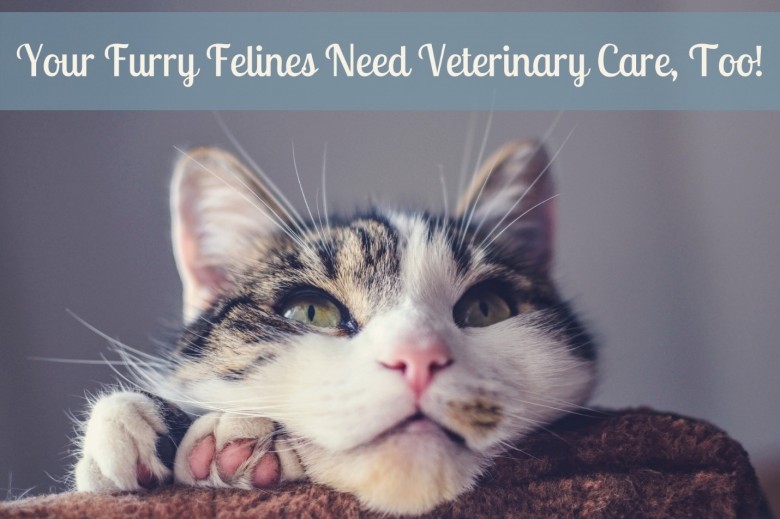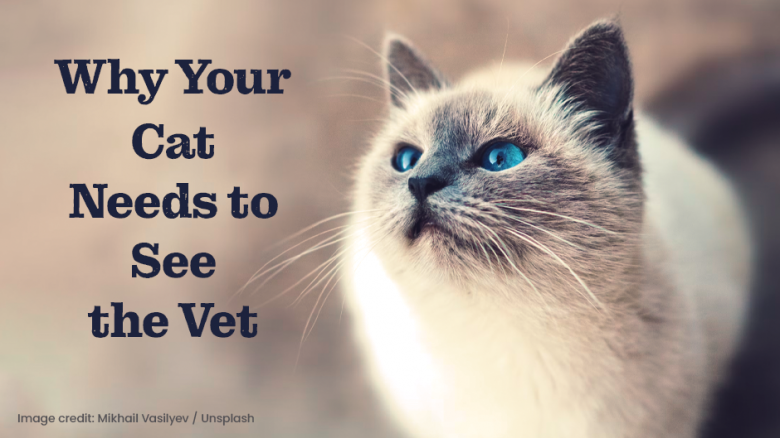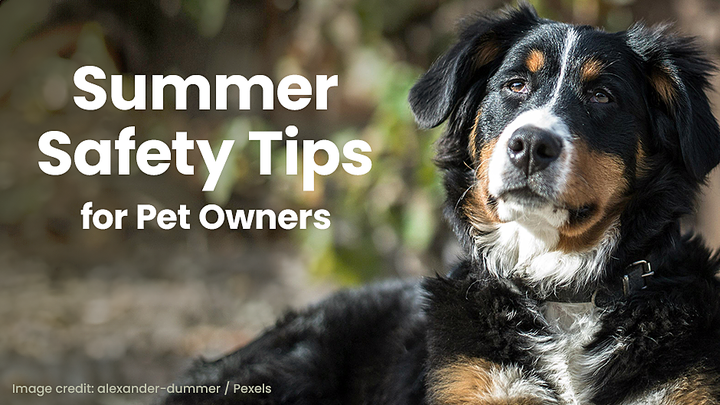In the News
Your Furry Felines Need Veterinary Care, Too!

Did you know that, on average, veterinary clinics see about five dogs for every one cat? With numbers like those, you would expect that there are about five times more pet dogs than pet cats, but in reality, there are approximately four and a half million more pet cats in the US than pet dogs. So why don’t we see more cats than dogs? On August 22nd, we will be celebrating National Take your Cat to the Vet Day and reminding cat owners that cat health and regular vet visits for Fluffy are just as essential to overall well-being and health as they are for Fido.
A couple of common misunderstandings about cat health are contributing factors to the discrepancy vet clinics around the US see. Cats are masters at concealing and hiding illnesses, so sickness might not be as apparent in a cat than a dog. Cats are typically viewed as low maintenance, independent, and able to take care of themselves. There are also myths about strictly indoor cats - such as they don’t need flea, tick, and heartworm preventatives or regular vaccines because they simply aren’t exposed. Most cat owners are also well aware of the stresses of getting a cat to do something they don’t want to, like getting in a carrier and allowing someone they aren’t well acquainted with to stick a thermometer in their rectum. The truth of the matter is, however, that cats rely on us to make the best decisions for their health, and that includes regular vet visits.
The Feline Vet Visit Explained:
- Physical Examination: From the tip of the nose to the tip of the tail, we perform a complete and total physical exam of your cat. We check for any abnormalities in your cat’s ears, eyes, mouth, abdomen, heart, lungs, weight, skin, and coat. If we notice an issue, our findings will help point us in the right direction for the testing necessary to figure out exactly what is going on.
- Immunizations: Vaccines protect your cat from disease transmission and ensure your beloved companion is safe from rabies, feline leukemia, calicivirus, panleukopenia, and feline viral rhinotracheitis. While they may have lower risk factors for contracting diseases, our indoor-only cats are still at risk. Cats are master escape artists when they so please, and even the briefest stint of jailbreak can put your cat at risk. Occasionally, wild animals find their way into our homes and stray cats under the porch, raccoons in the attic, birds through an open window, and bats down the chimney could be potentially fatal situations for unvaccinated cats.
- Preventatives: While slightly protected from fleas, ticks, and mosquitos, indoor cats are still at risk. Screened-in porches, open windows, and hitchhikers on you or other pets can make their way into your home and infest unprotected cats. Fleas can cause tapeworms, mosquitos can cause heartworm, and ticks can cause Lyme Disease; all conditions that are much less costly and safer to prevent than treat.
- Routine Tests: Bloodwork, fecal testing, and urinalysis can save you a lot of money and heartbreak in the long run. Cats are notoriously good at masking illnesses and concealing pain. Tests will help catch issues before they develop into more expensive and potentially deadly problems.
As the saying goes, an ounce of prevention is worth a pound of cure. Taking preventative measures, like yearly or twice-yearly visits to the veterinarian with your feline friend, will help prevent illnesses, provide early detection for hidden diseases, and build a healthy foundation to keep your companion in tip-top shape. If you are ready to get your cats visit scheduled, give us a call today! We are standing by with plenty of treats, fingers for scratching heads, and quiet exam rooms to make your cats visit as stress-free as possible.





